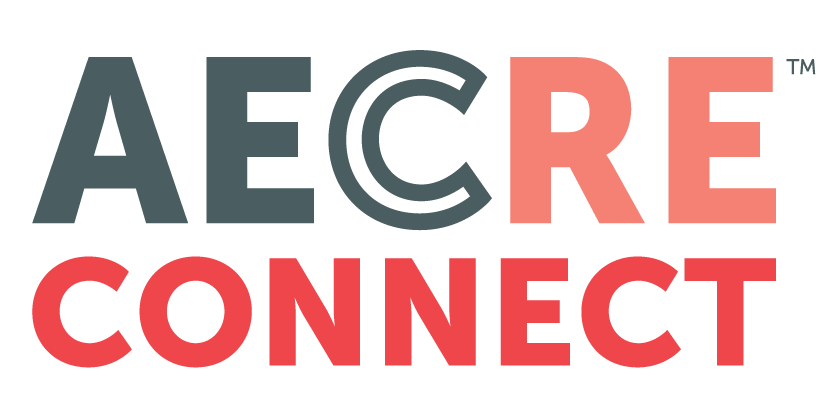Read the original article from ArizonaEconomy.com, a product of Elliott D. Pollack & Company, here.
The Monday Morning Quarterback
The real story regarding third quarter GDP was not the extreme volatility over the last two quarters (down a record 31.4% in the April-June quarter and then up a record 33.1% in the July-September quarter). The real story has to do with the economy reversing about 75% of the prior decline so quickly. This is true despite the fact that employment has “only” recovered about 51.5% of the jobs lost. It is remarkable because it shows that the real issue is the forced shutdown of business and how quickly the economy can reopen. Obviously, the entire economy did not fully reopen in the third quarter. And still the economy came roaring back. This is true despite the unconscionable political decision by some congressional leaders to throw the 20% or so of the population who are still seriously affected by the layoffs due to COVID-19 under the bus. That should end now that the election season will soon be over.
The GDP report shows just how strong the underlying economy really is. It indicates that, as we have discussed, this is not a typical economic cycle. It is an aberration in history caused by the pandemic and has nothing to do with a traditional weakness in the economy. In fact, the spread between potential GDP and actual GDP is extremely large. This suggests that the recovery will be a long one. It will also likely be erratic.
This is because the real issue isn’t the economy. It’s COVID-19. And the recent run up in the number of cases suggests that the last shutdown has yet to take place in many areas of the country. This could cause continued volatility. There is no good news in the number of cases. There is good news in that the number of deaths relative to the number of cases is much lower in this third wave than it was in the first two waves. But, until this wave is brought under control, the risk of continued or expanded shutdowns exists. It will also cause the fourth quarter to slow considerably. Indeed, another shutdown could reverse the expansion.
The other good news is that the strength of the economy in the third quarter was widespread. Consumer spending, most investment components and especially housing, exports, and inventories all did well. Government spending and imports were the obvious offsets. This is true despite the fact that real disposable income fell 16.3% in the quarter thanks to the lack of a follow up to the CARES Act. And even though the savings rate fell in the quarter, it is still a remarkable 15.8%. Thus, the 80% or so who are still fully employed have lots of gas in the tank when things slowly reopen. The other 20% will soon see help arrive. And the FED is doing everything in its power to see that things recover. But the bottom line is that the current and potential future surges in new COVID-19 cases have to be brought under control to get to where we need to go. As we discussed last week, this will take more common sense. But that seems to be a commodity that is tough to come by for many Americans. That, combined with a credible vaccine, additional therapeutics, and better, quicker and cheaper testing will be necessary to get the economy back on track. When it gets there, the outlook will be quite positive for the next couple of years at least.
There will be a difference in what happens to the economy in the long run depending on tomorrow’s results. People respond to incentives. And those incentives will change depending on who is in control. In the near term, however, it will be COVID cases and our response to it in control. When that ends, near term stimulus, a high savings rate, pent -up demand and a national program to fix roads, dams, bridges and airports that both parties can support will push things forward. In the long term, there will be a significant difference in potential GDP growth and standard of living as a result of what happens tomorrow.
There was a lot of economic news last week in addition to the third quarter GDP results. Initial claims for unemployment insurance fell more than expected but were still very high. Disposable personal income was up and personal consumption expenditures were down from a year ago but up for the month. As a result, the savings rate fell a little but remained very high by historic standards. Consumer confidence fell very modestly while consumer sentiment rose slightly. Manufacturers’ new orders rose for the month. New home sales were way up from a year ago but down modestly from a month ago.
And the pending home sales (resale) index was way up from a year ago but down slightly from a month ago. In Arizona, initial claims for unemployment insurance were up for the week and are up 124.3% from a year ago. Activity at Sky Harbor International Airport is improving but still way down from a year ago. And lodging performance around the state, while down from a year ago, did much better in the third quarter than in the second quarter.
U.S. Snapshot:
• Initial claims for unemployment insurance fell by 40,000 to 751,000 for the week ending October 24th. While the decline was more than anticipated, the level remains very high. In addition, with COVID-19 case and hospitalization numbers on the rise and winter setting in, it’s possible that there will be another increase in layoffs. These issues, plus the lack of a follow up to the CARES Act, could cause the economy to be weaker than it otherwise would have been.
• Personal income exceeded expectations in September. Not only was personal income up 0.9% for the month, but it stood a strong 6.2% above year earlier levels. Disposable personal income was also up 0.9% for the month and was up 6.9% from a year ago. Personal consumption expenditures were up 1.4% for the month but were down 0.6% from a year ago. As a result, while the personal savings rate was down from August, it was still much higher than the historic norm. There appears to be a lot of gas in the consumer gas tank.
• The Conference Board’s Consumer Confidence index remained at a low level in October as millions remained out of work and COVID-19 cases spiked. The index dropped modestly from 101.3 in September to 100.9 in October. Consistent with other measures of consumer confidence such as the University of Michigan consumer sentiment index and Bloomberg, the Conference Board index shows confidence moving inconsistently with a slight upward trend.
• Durable goods orders in September were better than expected. They rose 1.9% for the month but are down 1.9% from a year ago. Capital goods orders were up 1.0%. This is a good sign.
• New home sales fell modestly in September to 959,000 units at an annual rate. That’s a drop of 3.5% for the month. But, the total is up 32.1% from a year ago. Thus, the new housing market remains strong.
• The NAR pending home sales index dropped 2.2% in September. However, the index is up 20.5% from a year ago. What seems to be holding the index back is the lack of supply, not lack of demand. At 1.39 million units, the supply of existing homes for sale is at a record low.
Arizona Snapshot:
• Initial claims for unemployment insurance in the state rose by almost 1,650 to over 8,700 last week and are now 124.3% above a year ago. This suggests a slowing in employment growth is coming.
• The number of passengers who enplaned at Phoenix’s Sky Harbor International Airport in September rose to 784,329. This compares to 701,052 in August, 145,368 in March and 1,721,435 in September 2019. Thus, even though activity is up significantly from the lows, they are still down significantly from pre-COVID conditions. The same is true for deplanements which were 794,195 in September of this year compared to 708,979 in August and 1,732,343 a year ago. Overall, activity was down 54.3% from a year ago in September. • Occupancy at the states hotels and motels was 51.5% in September. This compares to 64.6% a year ago.



